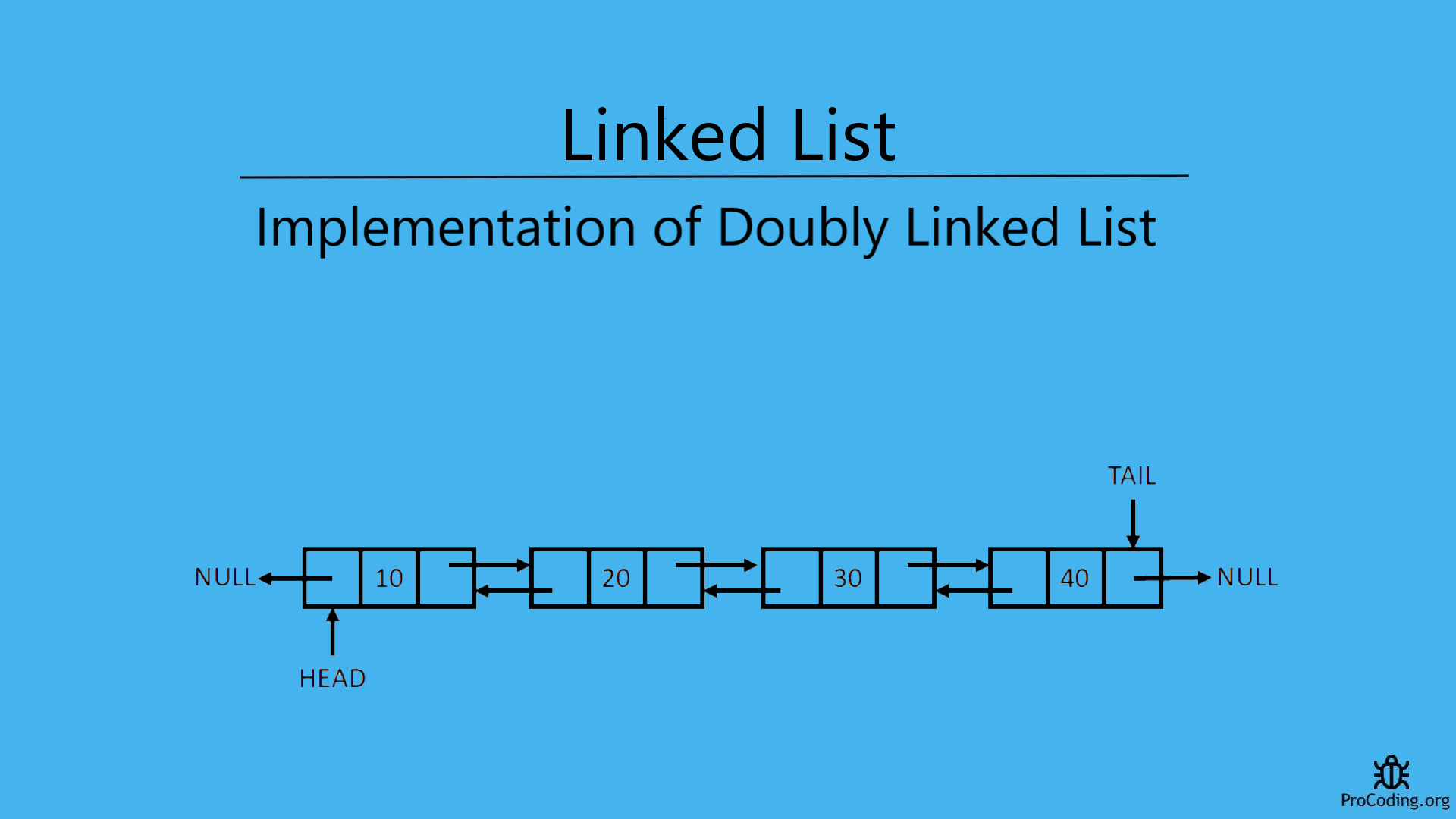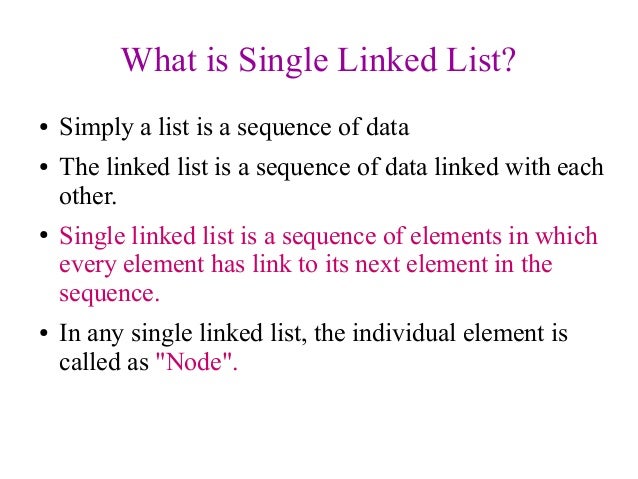

Generally, it is required that element type meets the requirements of Erasable, but many member functions impose stricter requirements. The requirements that are imposed on the elements depend on the actual operations performed on the container. Generally, it is required that element type is a complete type and meets the requirements of Erasable, but many member functions impose stricter requirements. Submenu Python Libraries 11.The requirements that are imposed on the elements depend on the actual operations performed on the container.Submenu Data Structures and Algorithms 4.

Programming by Contract and Performance Summary Programming by Contract and Introduction to Performance Submenu Programming by Contract and Introduction to Performance 3.Submenu Review Object Oriented Programming 2.Submenu Review Control Flow, I/O and Exceptions 1.size-an integer to keep track of the number of items in the list.list-the pointer to the first node in the list, and.The singly linked list class has two attributes: To capture the necessary details for a singly linked list, we put everything into a class. If we have a pointer to node X in our node, that means that we actually store the address of X in memory in our node. While we will not show them explicitly in this module, each pointer is actually an address in memory. We often refer to this condition as having a null pointer. The node with the data 67 in it is the last item in the list since its pointer is null. As we can see in our example, head points to a sequence of five nodes that makes up our list. This node has some data (in this case -2) and its own pointer that points to the next node in the list.

However, if we have items in the list, head will point to a node as shown in the figure below. If the head is null (equal to 0), then we have an empty list, which is a list with no items in it. We also use a constructor and a standard toString operation to appropriately create a string representation for the data stored in the node.Ī list is represented by a special variable head that contains a pointer to the first item in the list. As discussed above, we have two attributes: data, which holds the data of the node, and next, which is a reference or pointer to the next node. The class representation of a singly linked list Node is shown below. Each node in the list is an object that has two main parts: the data that it holds, and a pointer to the next item in the list.

The head entity shown in the figure is a variable that contains a pointer to the first node in the list, in this case the node containing -2. The figure below shows how we can construct a linked list data structure. Of course, we would also need to have a pointer to the first node in the list, which we call the head. The solution lies in creating our own specialized data structure where each node contains the data of interest as well as a reference, or pointer to the next node in the list. To solve the disadvantages of arrays, we need a data structure that allows us to insert and remove items in an ordered collection in constant time, independently from the number of items in the data structure.


 0 kommentar(er)
0 kommentar(er)
